Home>Ideas and Tips>How To Design A Pet-Friendly Backyard
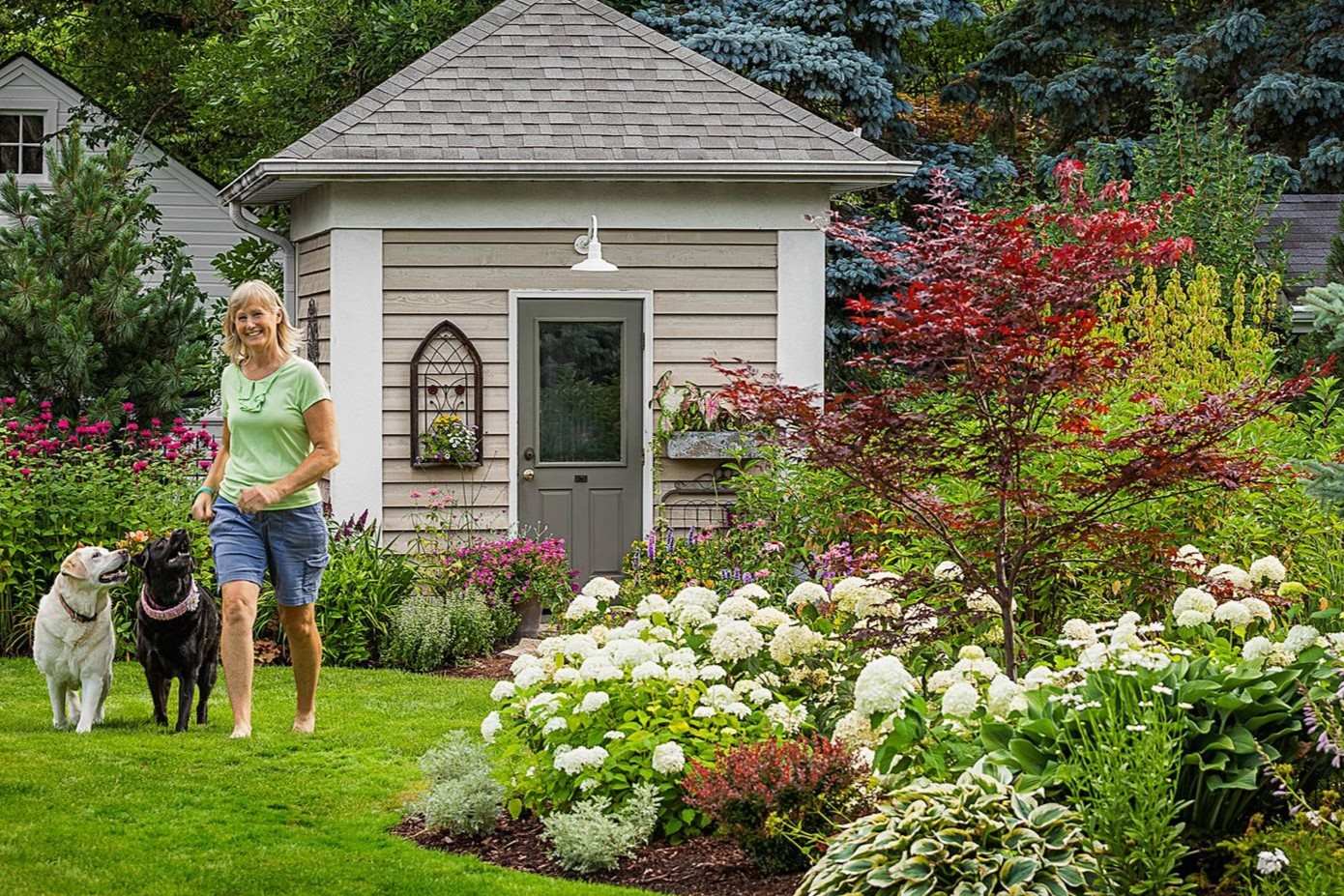

Ideas and Tips
How To Design A Pet-Friendly Backyard
Published: August 29, 2024
Learn how to design a pet-friendly backyard with safe landscaping, play areas, and shelters to create an enjoyable space for you and your furry friends.
(Many of the links in this article redirect to a specific reviewed product. Your purchase of these products through affiliate links helps to generate commission for Storables.com, at no extra cost. Learn more)
Creating a pet-friendly backyard isn't just about making sure your furry friends have a safe space to play and relax; it's also about transforming your outdoor area into an oasis that you and your pets can enjoy together. Whether you've got a small yard or a sprawling garden, there are numerous ways to design a backyard that's both safe and enjoyable for your pets.
Assessing Your Yard and Pet's Needs
Before diving into designing your pet-friendly backyard, it's crucial to assess both your yard and your pet's needs. Here are some steps to consider:
-
Understand Your Pet's Preferences:
- Different breeds have unique preferences and needs. For example, some dogs love to fetch, while others enjoy digging or running through agility courses. Understanding these preferences will help you tailor the design of your backyard to meet their specific needs.
- Consider the age and health of your pet. Senior pets or those with mobility issues may require more accessible pathways and resting areas.
-
Assess Your Yard:
- Look at the condition of your yard. If it's heavily shaded or has poor drainage, you may need to make adjustments to ensure it's safe for your pets.
- Identify potential hazards such as standing water, toxic plants, and sharp objects that could harm your pets.
-
Set a Budget:
- Determine how much you're willing to spend on your pet-friendly backyard. This will help you decide which DIY projects you can tackle and which might require professional help.
Read more: Creating A Family-Friendly Backyard Garden
Landscaping Ideas for a Dog-Friendly Yard
Landscaping is a critical aspect of creating a pet-friendly backyard. Here are some dog-friendly landscaping ideas:
Low-Cost Landscaping Ideas
-
Ground Cover Plants:
- Dogs often ruin grass by digging or urinating on it, so ground cover plants can be an excellent alternative. Silver carpet, creeping thyme, and Irish moss are popular options because they grow low to the ground, spread horizontally, and look similar to grass lawns. These plants are non-toxic and safe for your pets to walk on or play with.
-
Mulch:
- Mulch is another low-cost option that can withstand dog urine without getting ruined. It's also easy to maintain and can add a decorative touch to your yard.
-
Synthetic Turf:
- While synthetic turf is costlier than mulch or ground cover plants, it offers easy cleanup and provides a comfortable resting place for your pup. However, it may not be as aesthetically pleasing as natural grass or plants.
-
Flea-Repelling Garden:
- Fleas can be a significant risk for dog owners, but some plants can naturally repel them. Marigolds, rosemary, and sage are non-toxic options you can plant in your garden to keep fleas away. Cedar chips as mulch also have flea-repelling properties, making them an excellent addition to your yard.
Budget-Friendly Play Areas
-
DIY Dog-Proofing:
- Fencing is one of the biggest budget concerns when creating a dog-friendly backyard. It's essential to ensure that the fence is not easy to dig under or jump over. Choose a style that can tolerate dog scratches without getting ruined. Consider using chicken wire or latticework to protect your garden and other areas of the backyard from your pet's digging activities.
-
Dog Paths:
- Dogs often patrol their territory by walking the same path repeatedly, which can flatten the grass and compact the soil. To create dog paths, use paving stones or gravel along the routes your dog tends to take. Light-colored stones absorb less heat than darker-colored ones, making them more comfortable for your pet's paws.
Providing Shade & Shelter for Your Dog
Shade and shelter are crucial elements in creating a dog-friendly backyard. Here are some ideas:
-
Plant Trees & Shrubs:
- Planting trees and shrubs provides natural shade for your dog. However, ensure that the plants are safe for your pet by avoiding thorny shrubs or toxic plants like hostas, chamomile, and others.
-
Create Shade Structures:
- Add awnings, umbrellas, or portable shelters to provide additional shade for your dog. These structures can be moved around as needed to ensure your dog always has a place to rest in the shade.
-
Use Dog Houses:
- A strategically placed dog house can serve as an additional refuge when the heat becomes too much. It also provides privacy and security for your dog during bad weather.
More Tips for Creating a Dog-Friendly Backyard
-
Check Toxic Plants:
- Before planting any new flowers or shrubs in your garden, check the ASPCA's list of toxic and non-toxic plants to ensure that what you're planting won't harm your pet.
-
Avoid Pesticides & Herbicides:
- Pesticides and herbicides can be toxic to dogs, especially weed killers. Avoid using these chemicals in your yard to keep your pet safe.
-
Provide Hydration:
- Dogs need access to clean water at all times. Make sure there is a water bowl or fountain available in your dog's designated area.
-
Create a Designated Dog Zone:
- If you have the space, consider fencing off a section of your backyard to create a designated dog zone. This area should include plenty of room for running around, a water bowl or fountain, a doghouse or shelter from sun, wind, and rain, and plenty of toys to keep your dog entertained.
-
Build a Dig Pit:
- Dogs will dig, so providing a dig pit where they can engage in this natural behavior is essential. Fill the pit with sand and bury toys, bones, or treats just under the surface to encourage digging in this designated area.
-
Create an Area for Elimination:
- To solve the problem of unsightly brown spots on the lawn caused by nitrogen in dog urine, create a designated area for your dog to eliminate. Train your pet to use this area by placing it in a spot that's easy to access and making it comfortable for them.
Additional Ideas for Dog-Friendly Landscaping
-
Doggy Splash Pool:
- A doggy splash pool is an excellent way to keep your dog cool during hot summer days. You can use a hard plastic kiddie pool or install a water feature like a fountain or shallow pond made of smooth stone for your pup to run through.
-
Dog Window:
- If you have a solid wooden or vinyl fence around your backyard, consider adding a dog window. This small section of clear plastic lets your dog see the world beyond the backyard while staying safely inside the fence. It can also help keep your dog entertained and reduce the likelihood of them digging up your grass or plants.
-
DIY Agility Course:
- Creating a DIY agility course is a fun way to keep your dog active and engaged. You can use items like tunnels, jumps, and cones to set up a course that challenges your dog physically and mentally.
Final Thoughts
Creating a pet-friendly backyard doesn't have to break the bank. By considering your pet's specific needs and preferences, assessing your yard's condition, and incorporating budget-friendly landscaping ideas, you can transform your outdoor space into an oasis that you and your pets will love. Remember to always prioritize safety by avoiding toxic plants, using non-toxic materials for pathways, and providing ample shade and shelter for your furry friends.
In conclusion, designing a pet-friendly backyard is not just about aesthetics; it's about creating a safe and enjoyable environment for both you and your pets. With these tips and ideas, you can turn your backyard into a haven where everyone can relax and have fun together.
Was this page helpful?
At Storables.com, we guarantee accurate and reliable information. Our content, validated by Expert Board Contributors, is crafted following stringent Editorial Policies. We're committed to providing you with well-researched, expert-backed insights for all your informational needs.

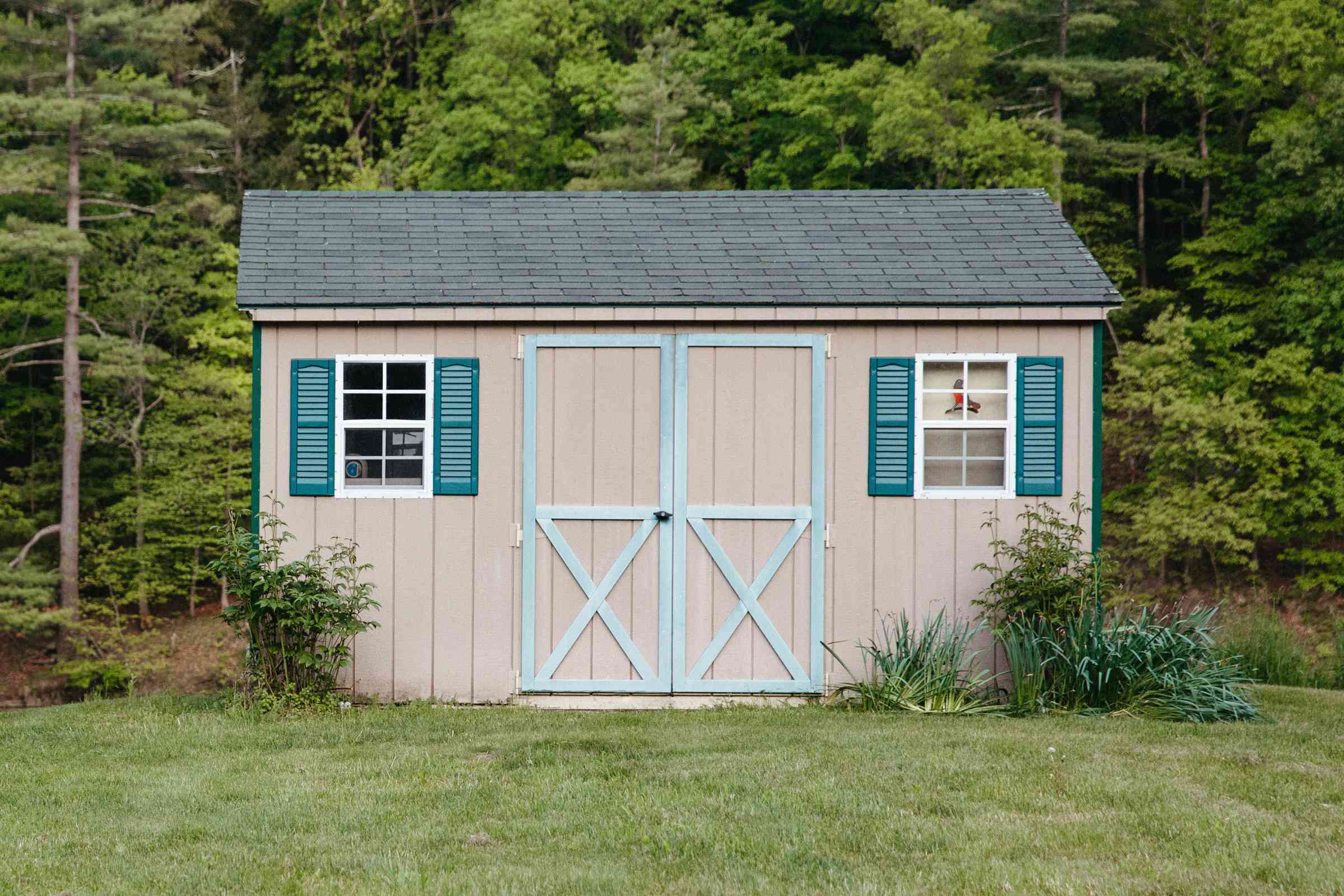
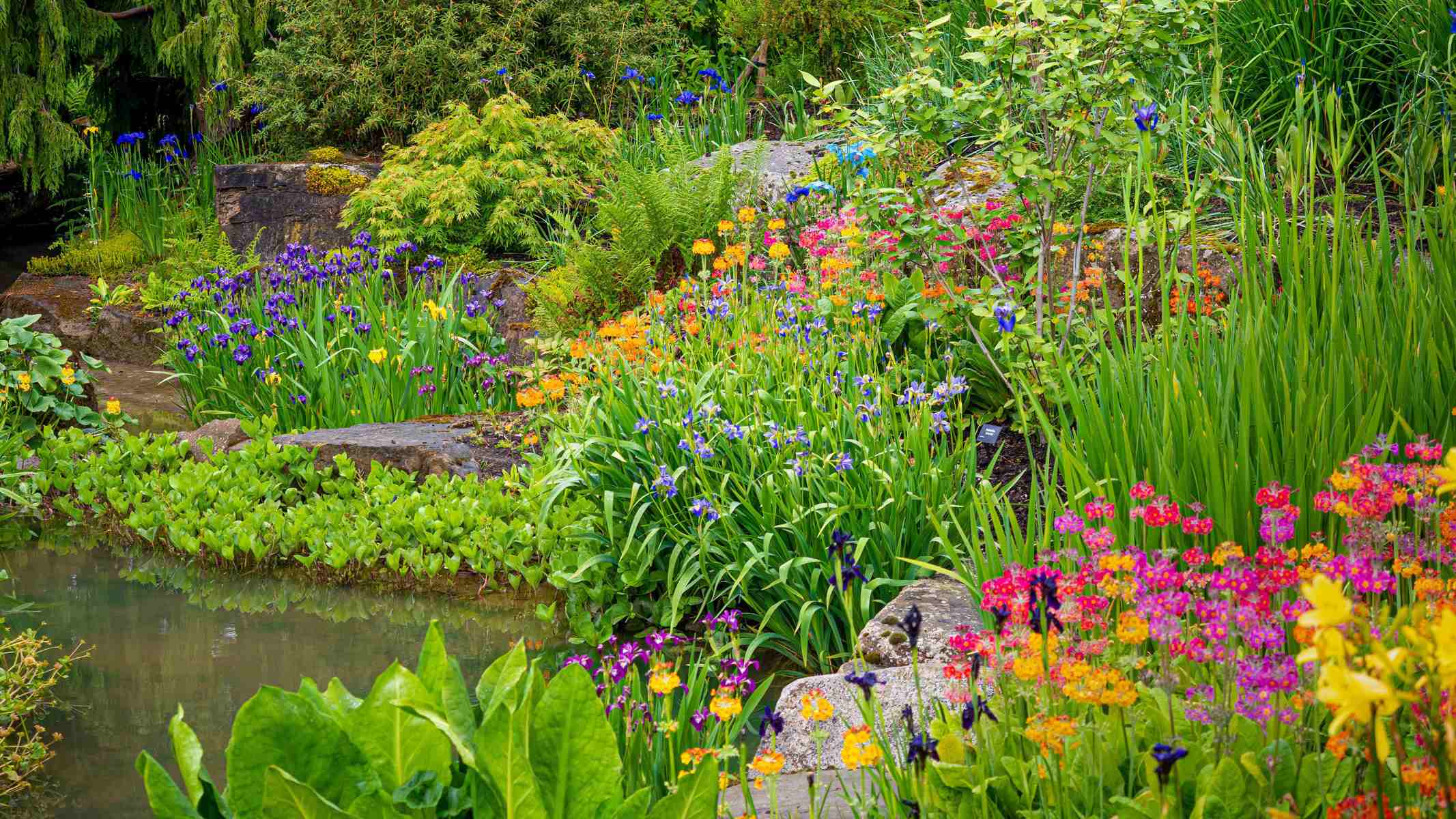
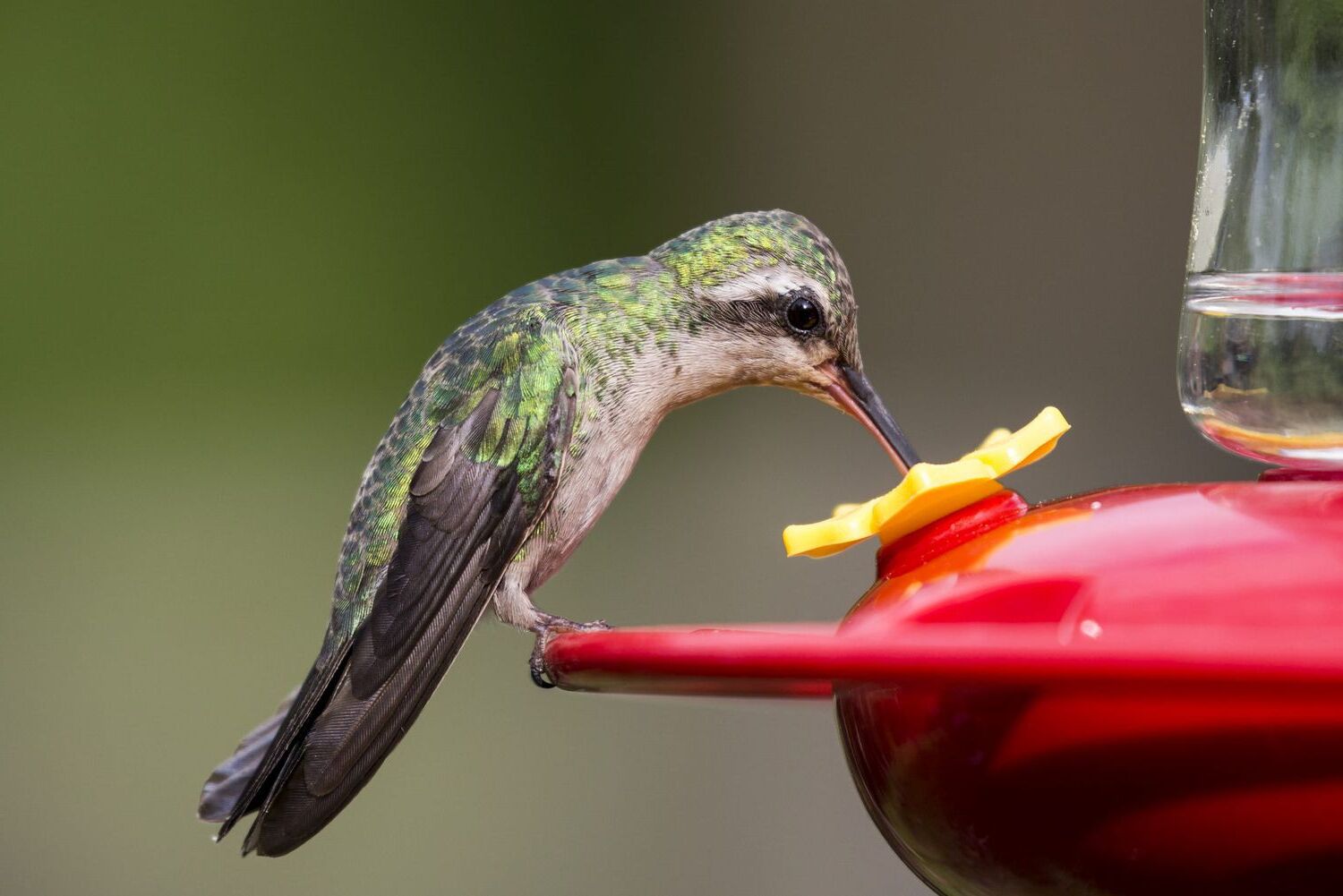
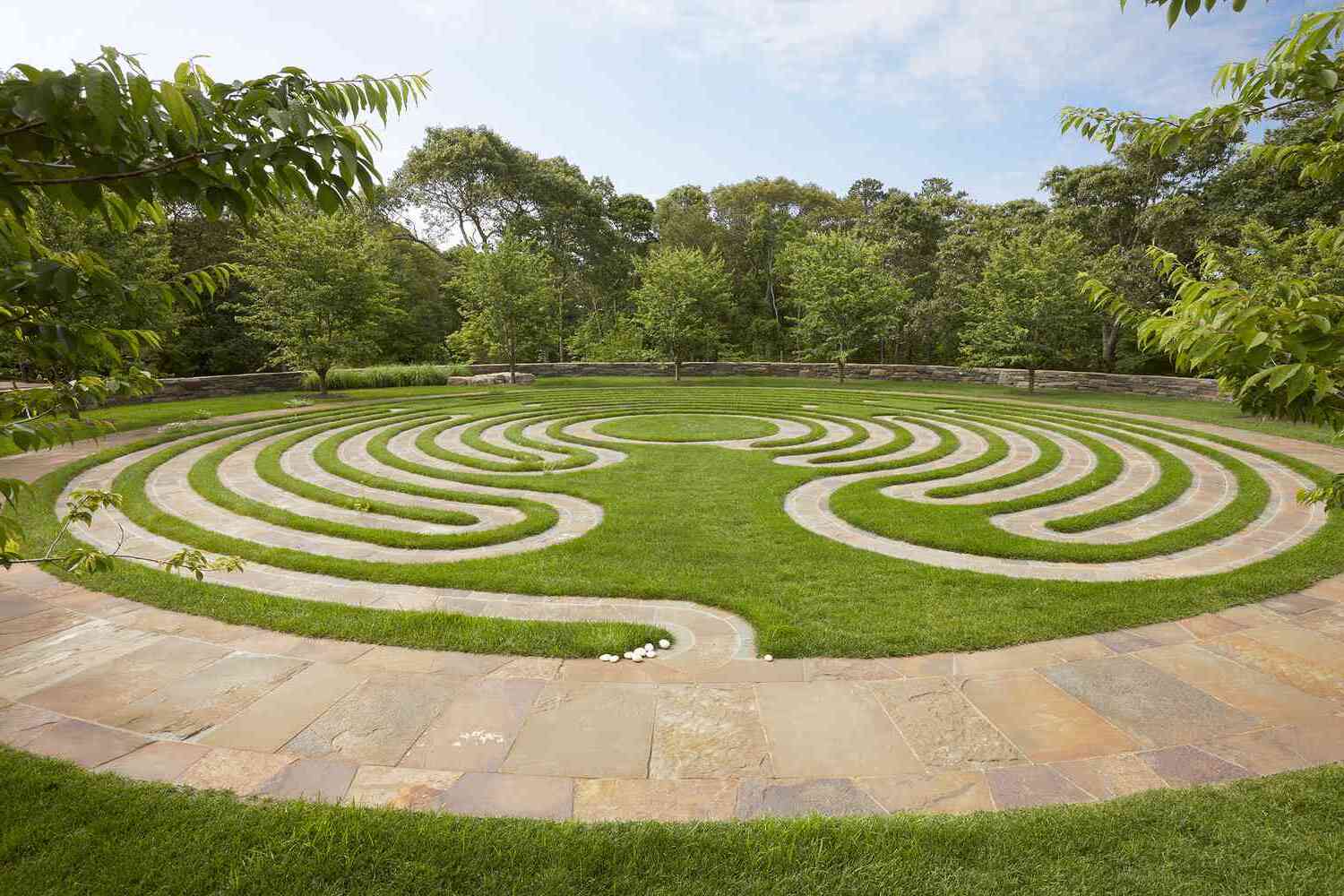
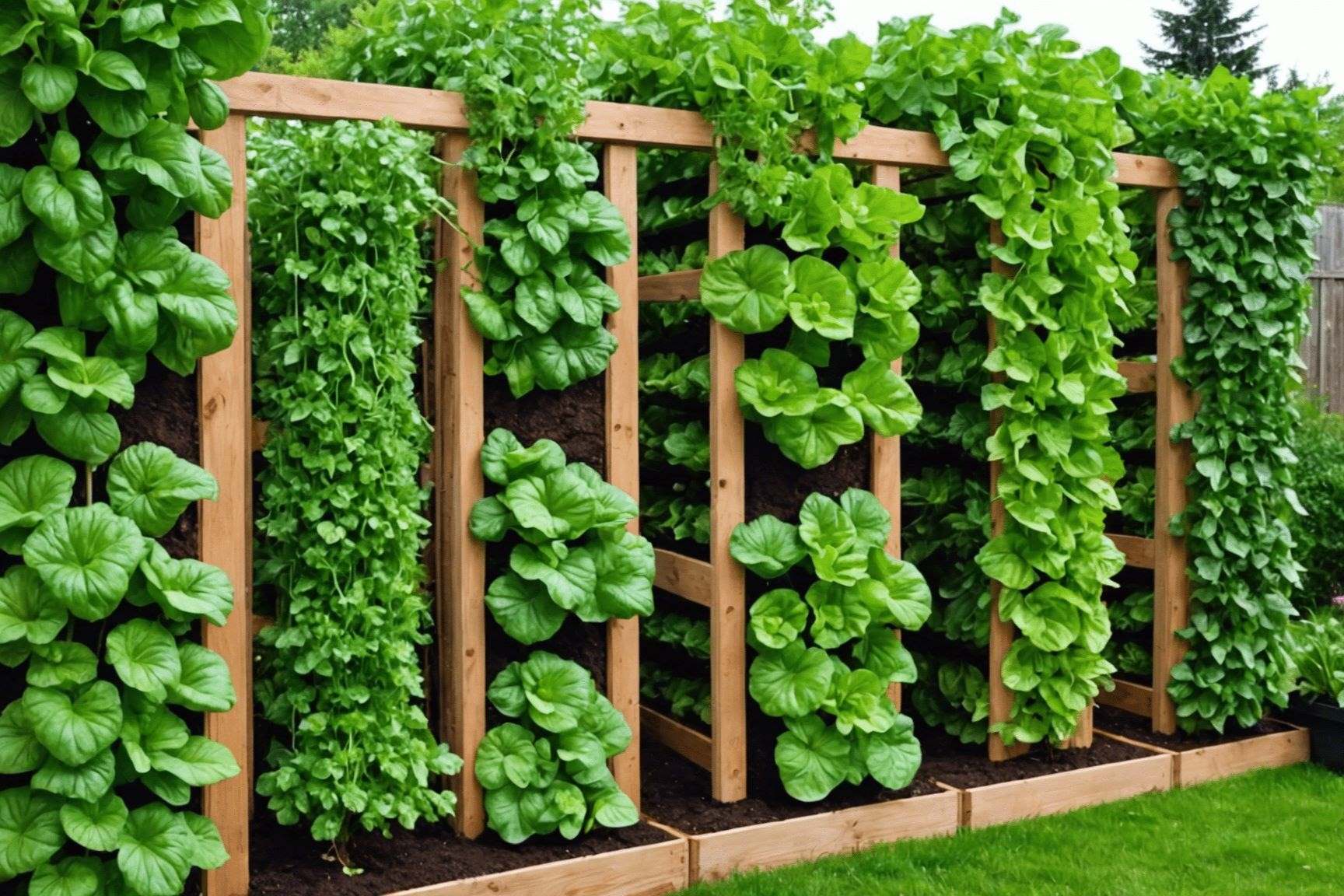

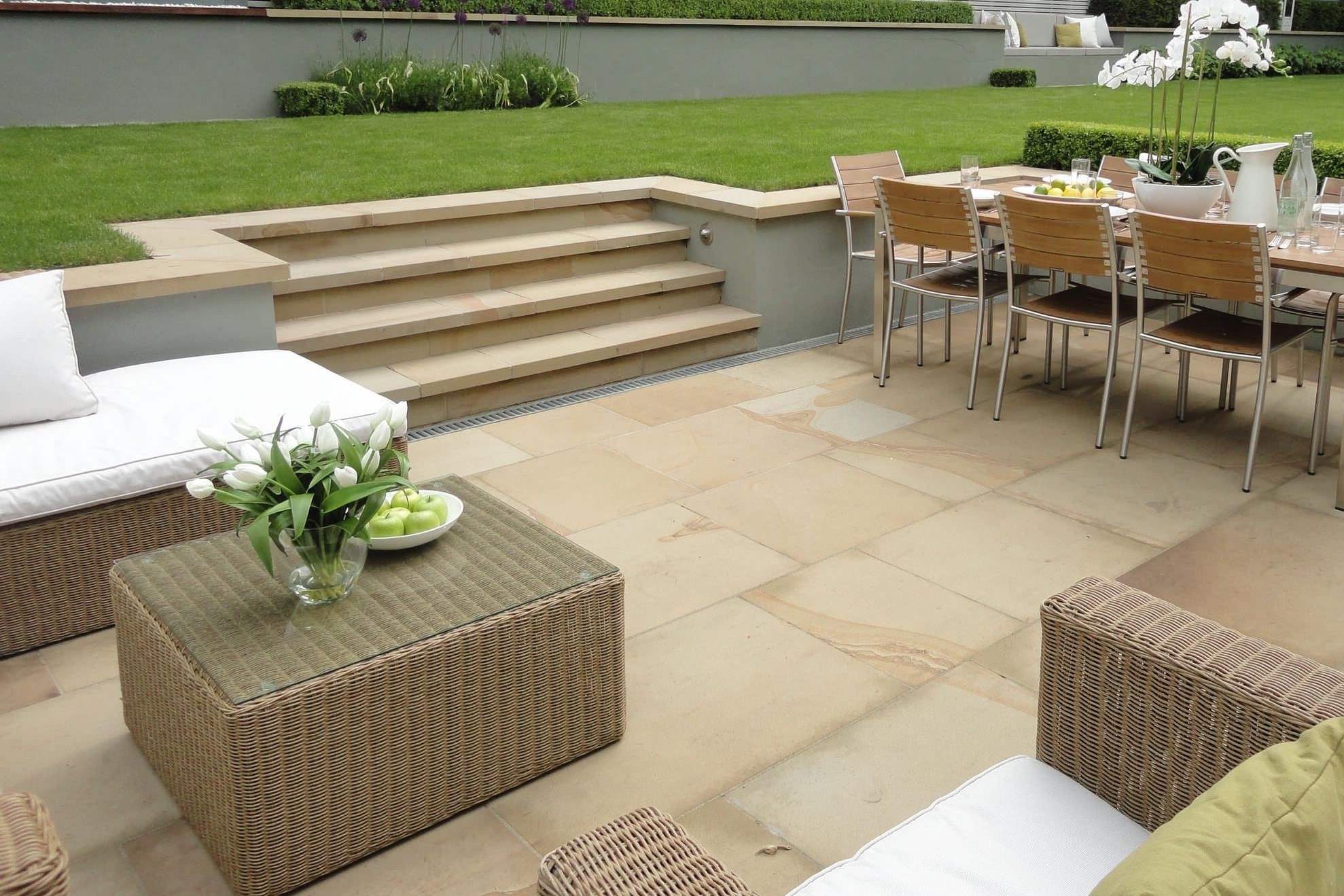
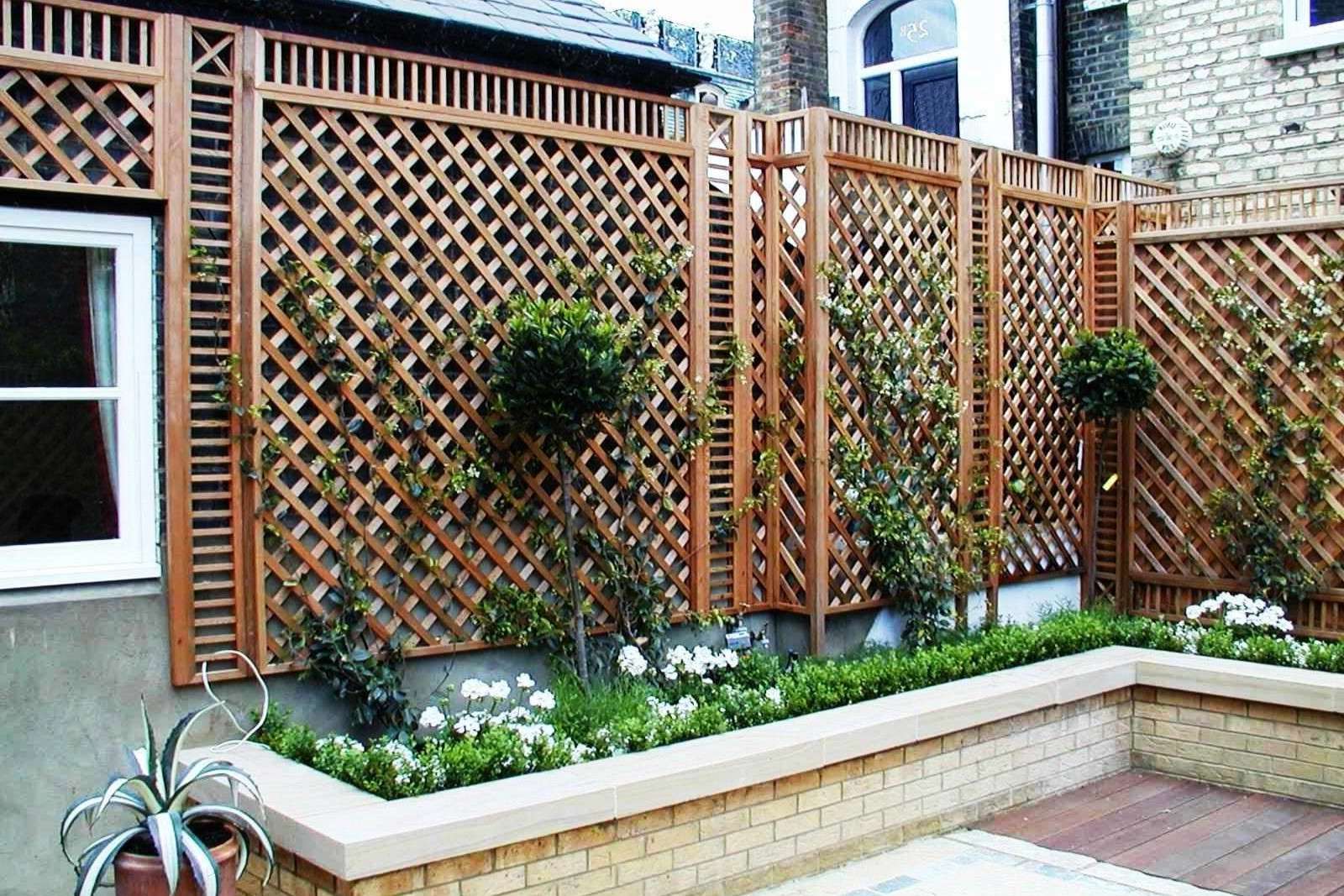
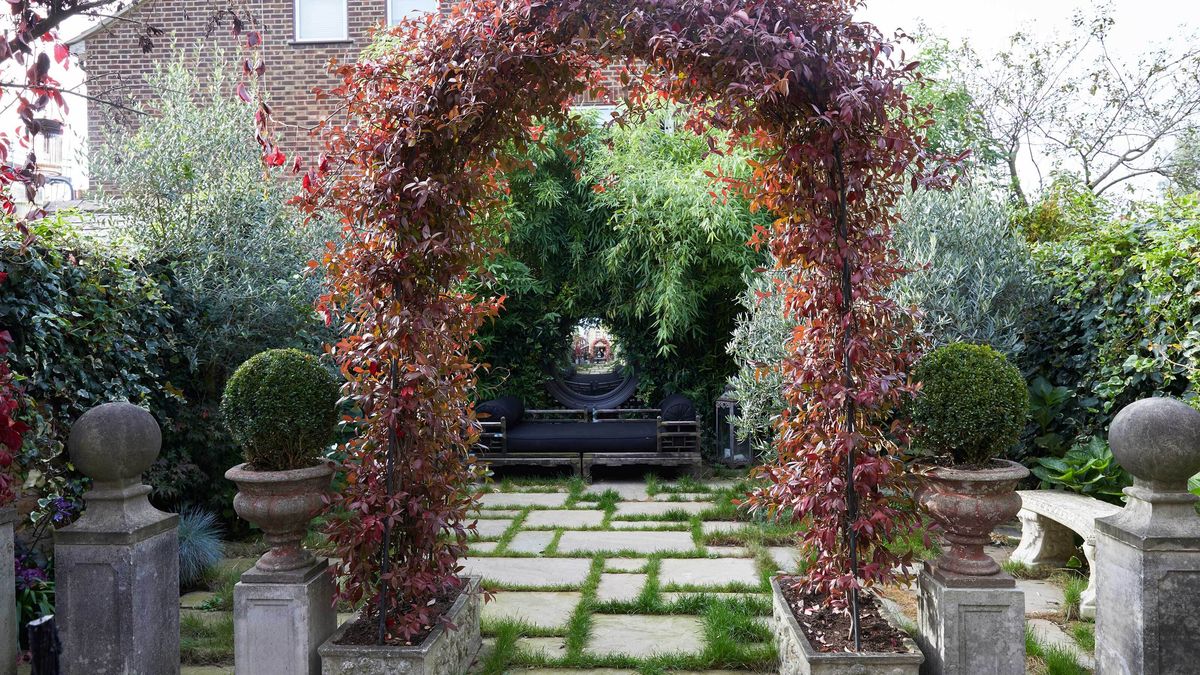
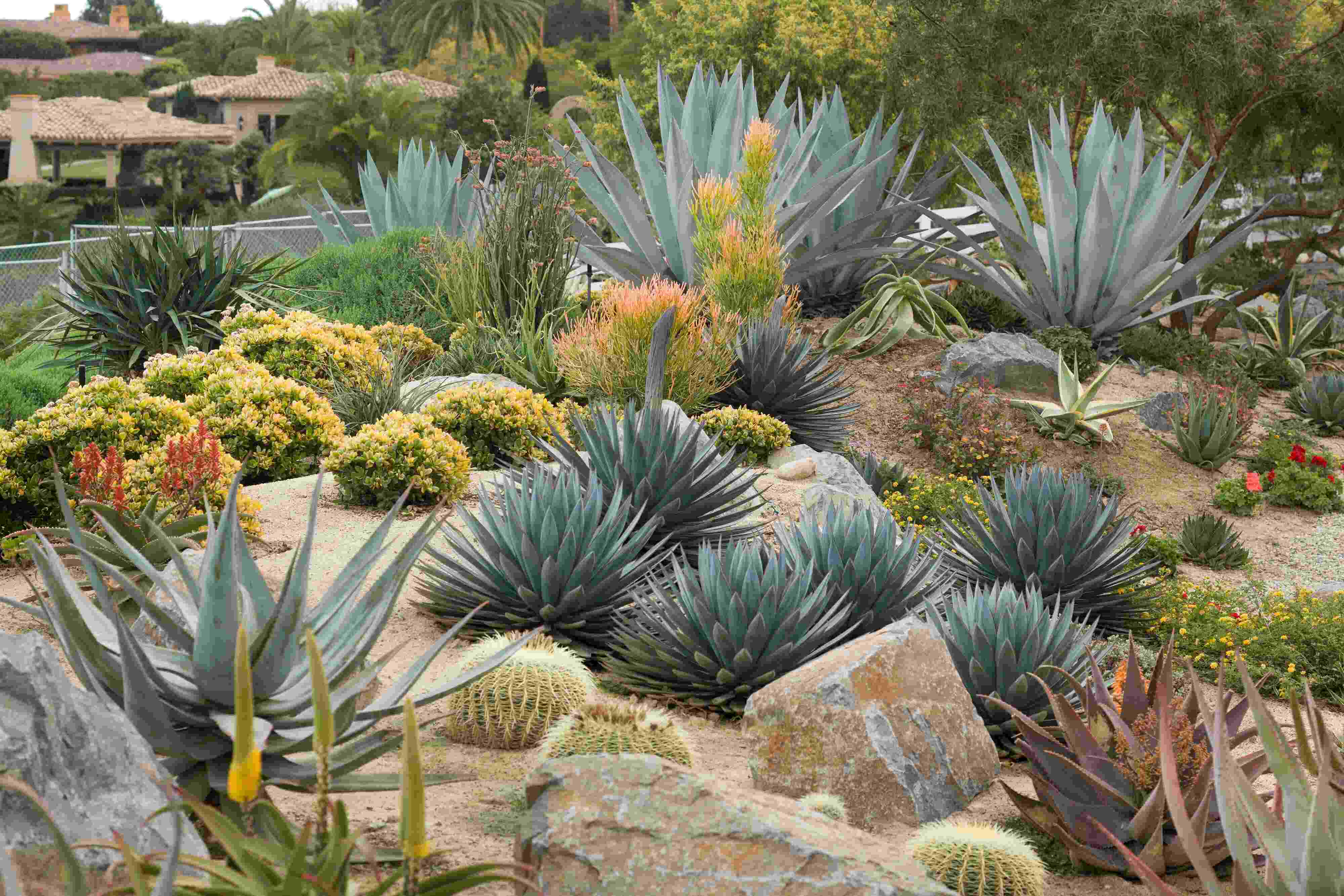
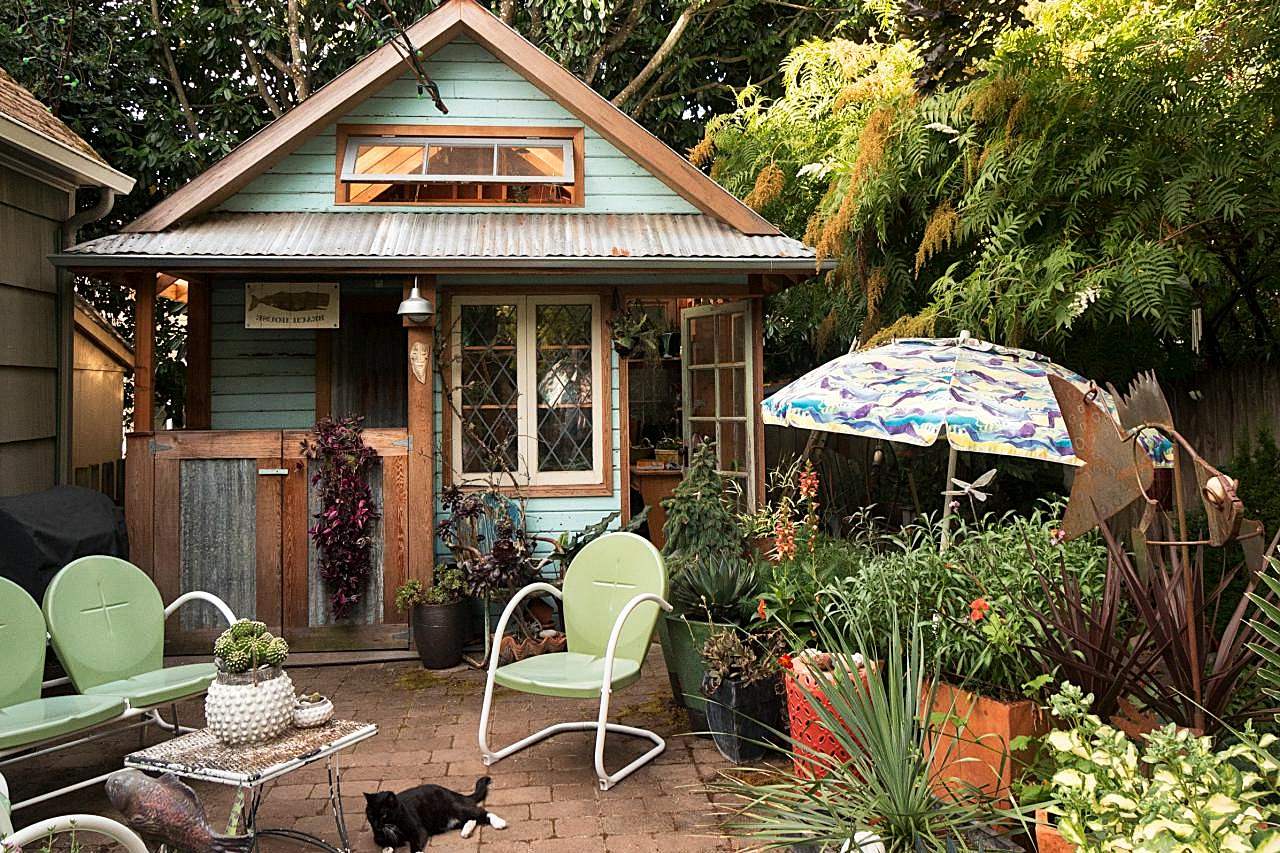
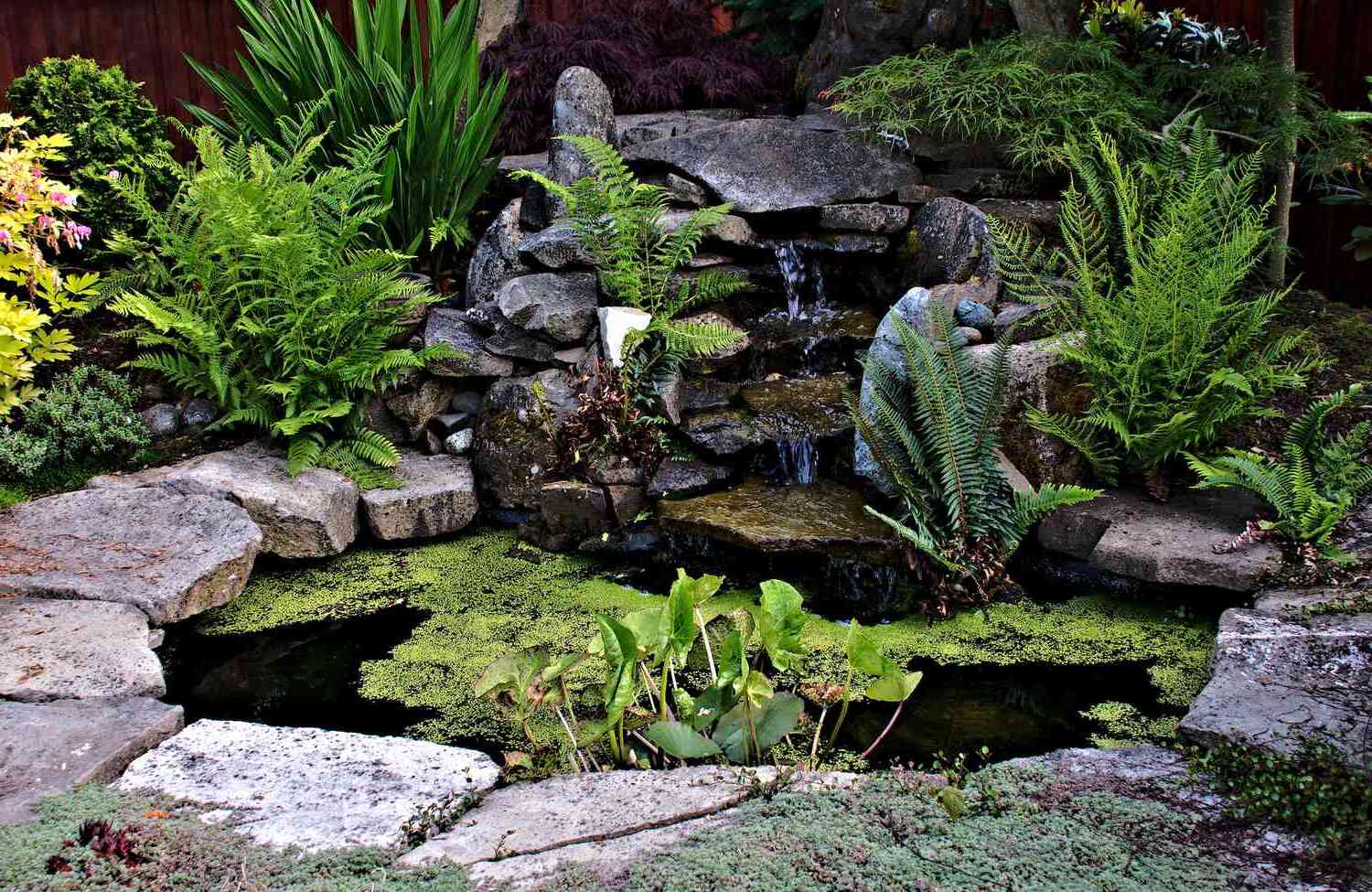
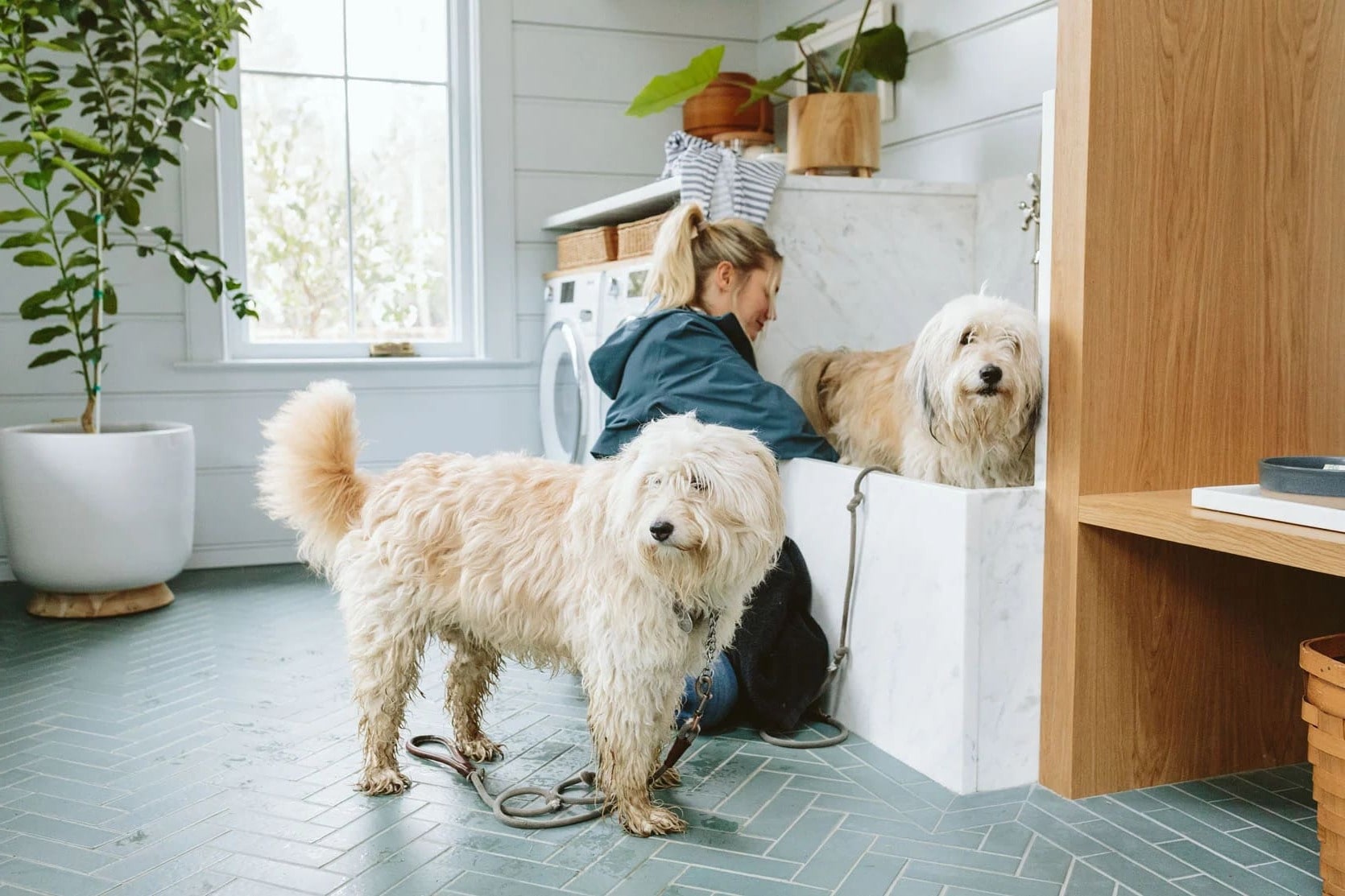

0 thoughts on “How To Design A Pet-Friendly Backyard”